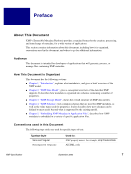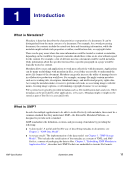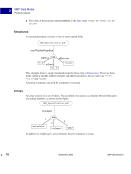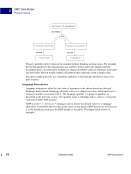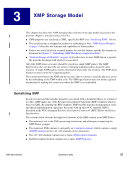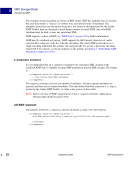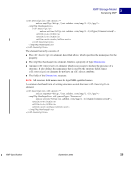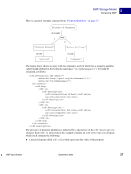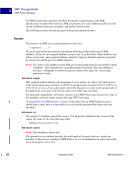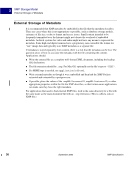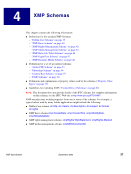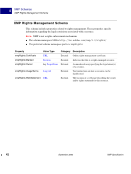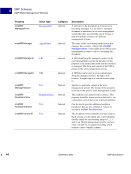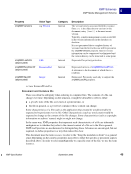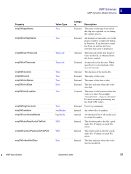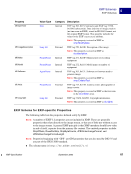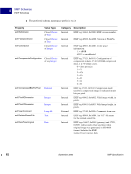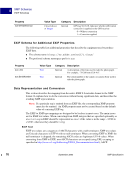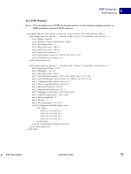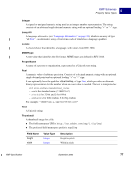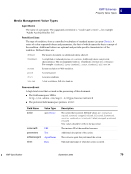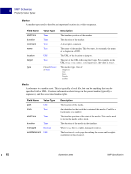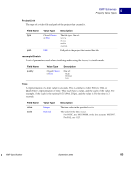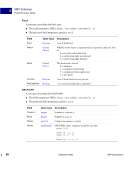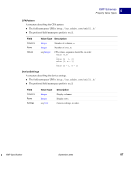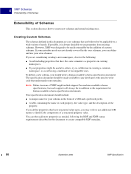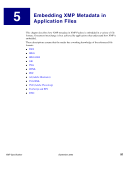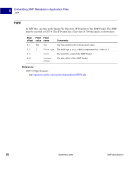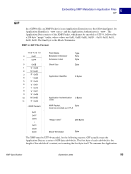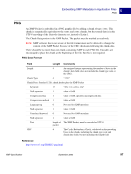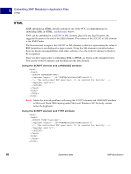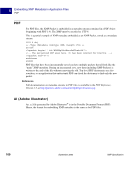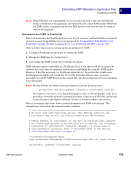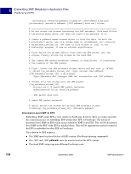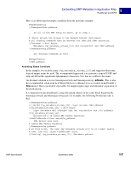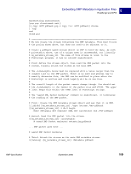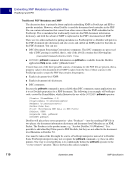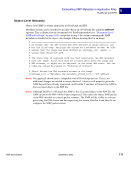36 September 2005 XMP Specification XMP Storage Model External Storage of Metadata 3 External Storage of Metadata It is recommended that XMP metadata be embedded in the file that the metadata describes. There are cases where this is not appropriate or possible, such as database storage models, extremes of file size, or due to format and access issues. Small content intended to be frequently transmitted over the Internet might not tolerate the overhead of embedded metadata. Archival systems for video and audio might not have any means to represent the metadata. Some high-end digital cameras have a proprietary, non-extensible file format for “raw” image data and typically store EXIF metadata as a separate file. If metadata is stored separately from content, there is a risk that the metadata can be lost. The question arises of how to associate the metadata with the file containing the content. Applications should: ● Write the external file as a complete well-formed XML document, including the leading XML declaration. ● The file extension should be .xmp. For Mac OS, optionally set the file’s type to 'TEXT'. ● If a MIME type is needed, use application/rdf+xml. ● Write external metadata as though it were embedded and then had the XMP Packets extracted and catenated by a postprocessor. ● If possible, place the values of the xmpMM:DocumentID,xmpMM:InstanceID, or other appropriate properties within the file the XMP describes, so that format-aware applications can make sure they have the right metadata. For applications that need to find external XMP files, look in the same directory for a file with the same name as the main document but with an .xmp extension. (This is called a sidecar XMP file.)
Purchased from Demo (abedemo.tizrapublisher.com) for the exclusive use of unknown. © 2025 Demo. Please report unauthorized use to pirate@tizra.com







